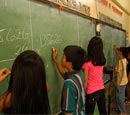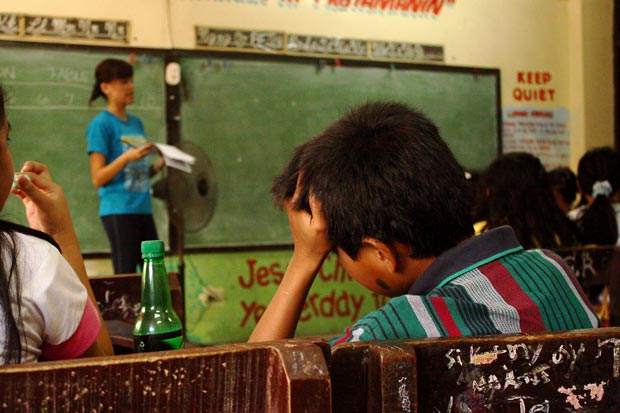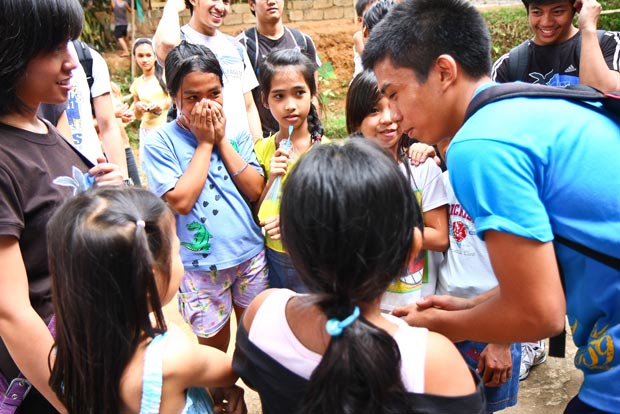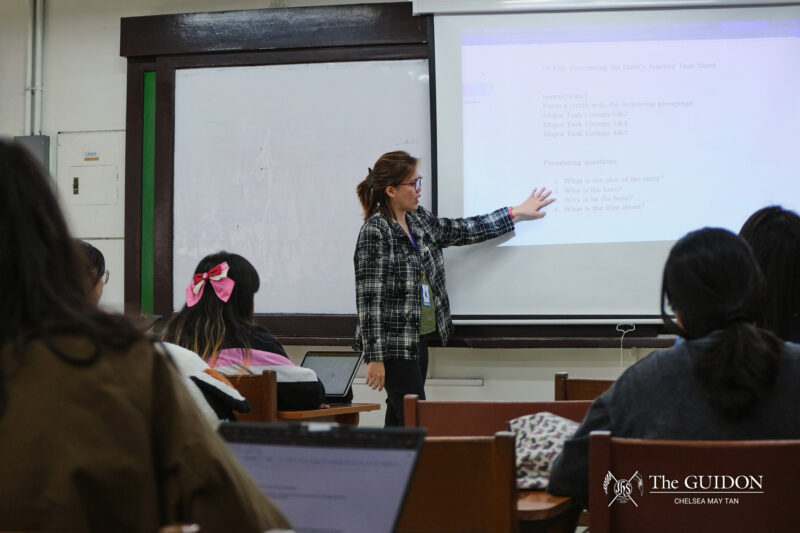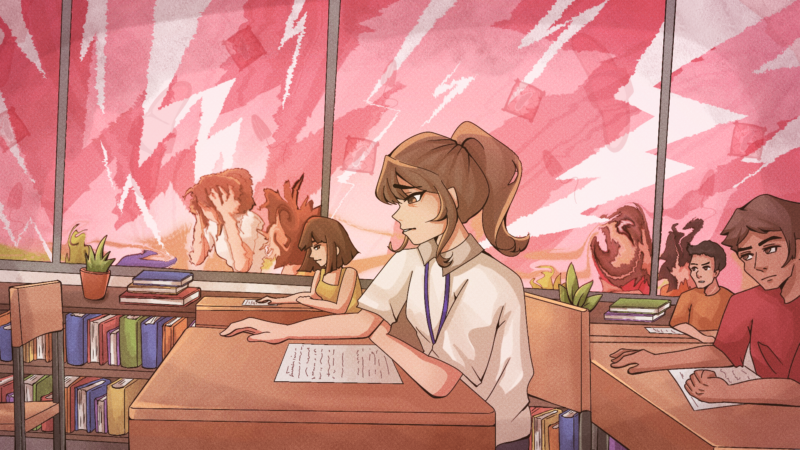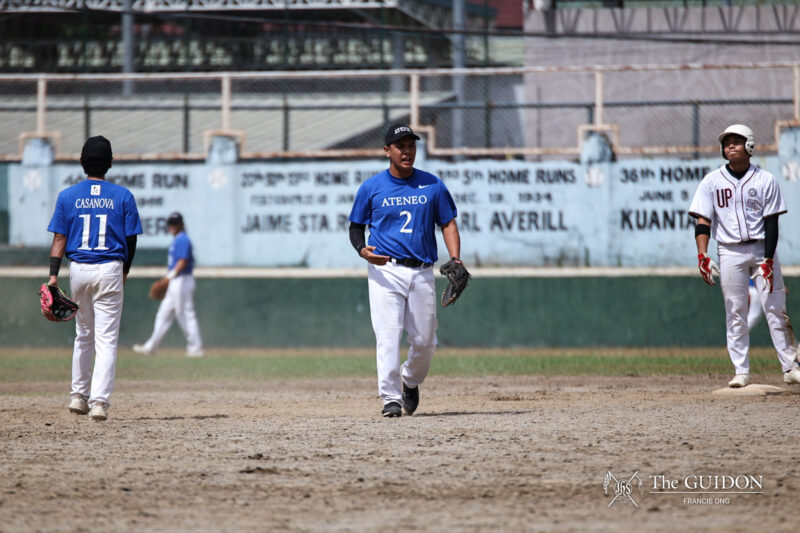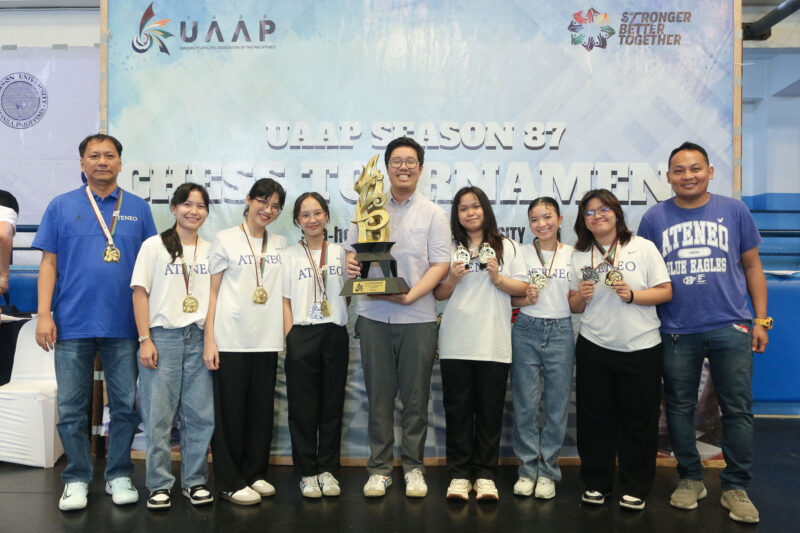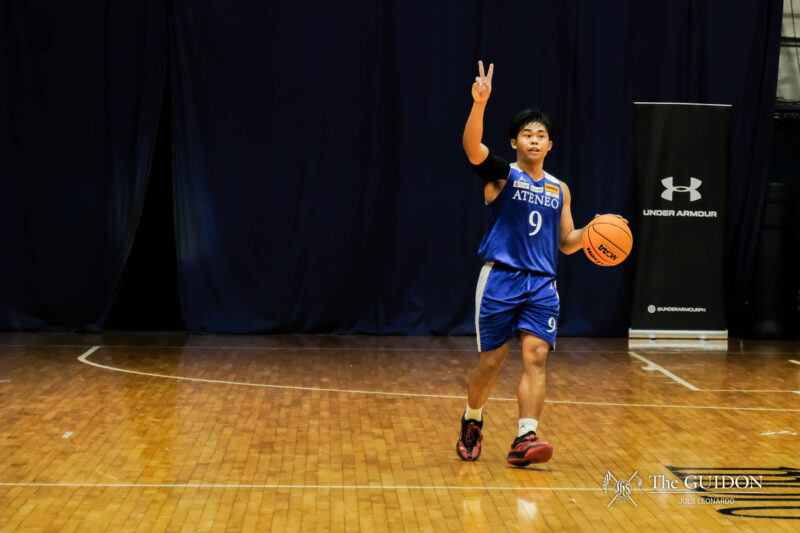As a Jesuit institution, the Ateneo places much emphasis on non-academic formation. In fact, it is a requirement for all students of the Loyola Schools to partake in the university’s Integrated Non-Academic Formation (INAF) program for all four years of their college life.
With around 8,000 regular students from freshman to senior year, it is estimated that roughly P10.7 million pesos from student fees have been allocated to the program.
The INAF can be rightfully regarded as a major channel for the university’s socially oriented activities. The program is, in fact, a major part of the student curriculum; the failure to fulfill any of its mandated tasks would result in the ineligibility to graduate.
Even while the INAF is conducted year in, year out, it has not been free from criticism. A Loyola Schools faculty member, for example, questions the focus of the programs that require interaction with the poor.
INAF by year level
The INAF is overseen by the Office of the Associate Dean for Student Affairs (ADSA) in coordination with the Office for Social Concern and Involvement (OSCI). The activities mandated by the program differ according to year level.
For their first year in college, students undergo the year long Introduction to Ateneo Culture and Traditions (InTACT). In this program, students are taught about a wide variety of topics related to Atenean culture, such as the university’s history and the Ignatian values it upholds.
In their second year, students participate in the National Service Training Program (NSTP), or opt out of the INAF for the year by joining the Reserve Officer Training Corps. Those who participate in NSTP either tutor underprivileged children or carry out community-building activities, such as house builds in partnership with Gawad Kalinga.
Ateneans then undergo the Junior Engagement Program (JEEP) the following year. In this program, students are assigned to work for a number of hours with the marginalized sectors of society. Common examples of these jobs include working as a barker at a jeepney station or as a corn vendor along Katipunan.
Students cap the INAF program with an immersion during their senior year. For up to three days, students would have to integrate themselves in poverty-stricken communities, such as in tribal or farming villages.
From a different era
INAF traces its roots back to the political and social struggles of the country in the 1970s, when then College Dean Fr. Bienvenido Nebres, SJ oversaw the birth of OSCI.
However, it was only with the formation of the INAF that social work was formalized and made mandatory for Ateneans. Associate Dean for Student Affairs (ADSA) Rene San Andres believes that this is an improvement from his college days, when social work was a voluntary option for Ateneans.
According to San Andres, social formation before was unsystematic. He shares that during his time, when there were 2,000 students asked to undergo an immersion, “there were only two of us who joined.”
Vice President for the Loyola Schools John Paul Vergara shares a similar experience. “During my time, it was more voluntary and less [deliberately imposed]… I was a math major and we would go to the schools and tutor students, [but] that was the initiative of our org.”
“Eye-opener”
Student opinion on the INAF is mixed, although there is wide agreement that it is generally a good thing. Discounting the complaints of students who merely want to do away with the extra load of requirements, the criticisms that exist are geared more towards how the program is executed.
“Do I need INAF? As a student, no, but as an Atenean, yes,” economics senior Denise Sales says. “Let’s remember that we are in the Ateneo where there is holistic formation… [It’s] not just about academics and ‘us’ anymore. JEEP reminded me that people of the labor force are also real people.”
The Sanggunian also sees the value of the INAF. “We have seen some strong points of the program, such as the bonding and the strong relationship formed with the community the students were exposed [to],” says Sanggunian Committee on Formative Services Head Moses Albiento, citing the surveys and consultations the Sanggunian had done on the INAF last year.
“For most, it served as an eye-opener.”
Recalling the past
However, for all the credit that it has received, INAF has not been free from its own share of critics. Loyola Schools historian and lecturer Lisandro Claudio is one of them. As the Batch 2007 Valedictorian, he experienced firsthand the kind of formation now institutionalized in the INAF.
As someone who has extensively studied the history of Atenean activism, Claudio thinks that Atenean social involvement now is but a whisper of what it was in the past. In this regard, he says, “My role as a historian is to go ‘wait a minute, things have not always been like this.’”
He is especially critical of the InTACT program for freshmen.
“On one hand, InTACT is good because it is unitive,” he says. “On the other hand, the creation of a stable group identity is potentially dangerous, because anyone who is an outlier relative to that group identity becomes an outcast.”
He continues, “The powerful always seek to define this group identity… [As such,] the Atenean identity is almost solely defined by the administration [through the InTACT].”
San Andres, however, strongly disagrees with Claudio. “The Ateneo has its own vision and mission,” he says. “It goes all the way back to the values of St. Ignatius.”
San Andres argues that the Ateneo is not a secular institution, and that it has its own bias. “We are a Filipino, Jesuit and Catholic university. The reason for the existence of the university, its mission, vision and values remain supreme over the individual rights of students.”
“You were not forced to enroll in the Ateneo,” he says. “You willingly submit yourself to the Ateneo.”
Claudio thinks otherwise. “Students were not forced to enroll in the Ateneo, but neither was the Ateneo forced to call itself a university,” he says. According to him, universities must be open to various strains of thought, even while espousing core values.
“If the Ateneo just wanted to form students in a very specific mold, it should have stayed a liberal arts college,” he says.
“Universities have obligations to the wider community. They must be spaces of free thought because it is free thought that produces knowledge.”
“Agentic” conception of the poor
Claudio also has criticisms of the INAF components that require interaction with the poor. “When we play the role of a janitor… we experience the poor as oppressed,” he says, explaining that the program really is about knowing what it feels like to be underprivileged.
While he thinks this is an ideal response, he says that much more can be learned from such experiences. He recounts his time in Hacienda Luisita, when he immersed himself in the agrarian justice movement.
“I experienced the poor as struggling for something. I saw them organize [and] run campaigns and rallies in Metro Manila,” he says. “[INAF] must move to an agentic concept of the poor. [We should] not only learn from their problems; we [should] learn from how they respond to these problems.”
He thus proposes that the INAF be more “democratized,” so that students may be allowed to push for such changes. “Call me an idealist, but I think the only solution is really democracy.”
The Sanggunian seems to be moving towards this direction. “In the long run, [the Sanggunian] wants to institutionalize mechanisms that will allow students to give their input and feedback on the INAF programs,” says Sanggunian President Drew Copuyoc. He says that they want to help OSCI formulate improvements for the programs.
Possible changes
San Andres does in fact say that there could be changes to the INAF. He is currently exploring the possibility of moving the immersion to junior year and implementing a program for seniors that would make students use what they had learned in their respective degrees for social work.
He is quick to point out, though, that those changes cannot happen overnight. “When we first tried to [integrate] JEEP in philosophy subjects, only five [philosophy] teachers responded. It was only during the time of previous [Vice President for the Loyola Schools,] Ma. Assunta Cuyegkeng, that it was mandated.”
If there’s one thing that San Andres and Claudio agree on, however, it’s that formation is an important part of the Atenean education. The debate now is whether the path that the administration is imposing is, in fact, the best one to take going down the hill.

